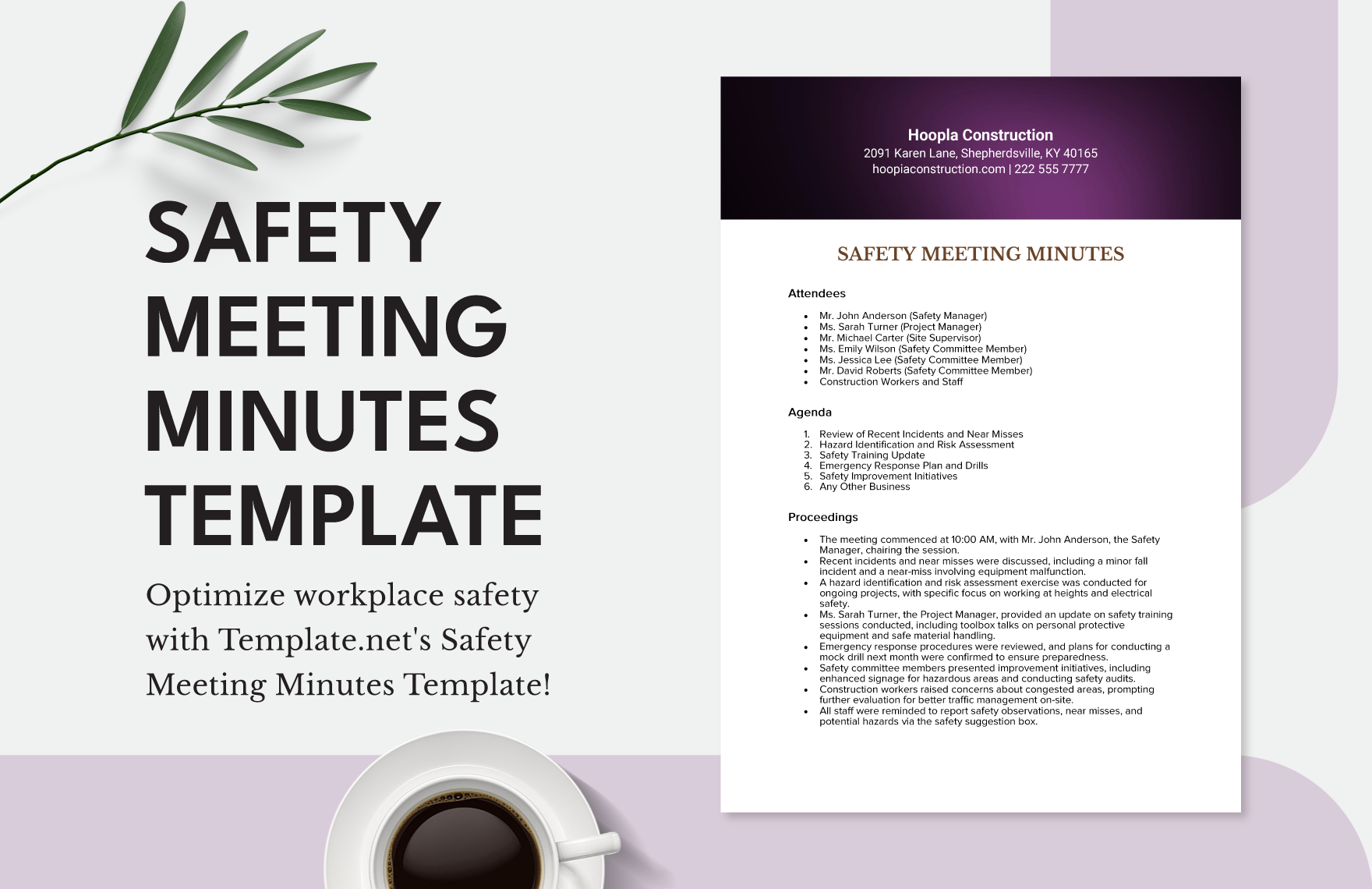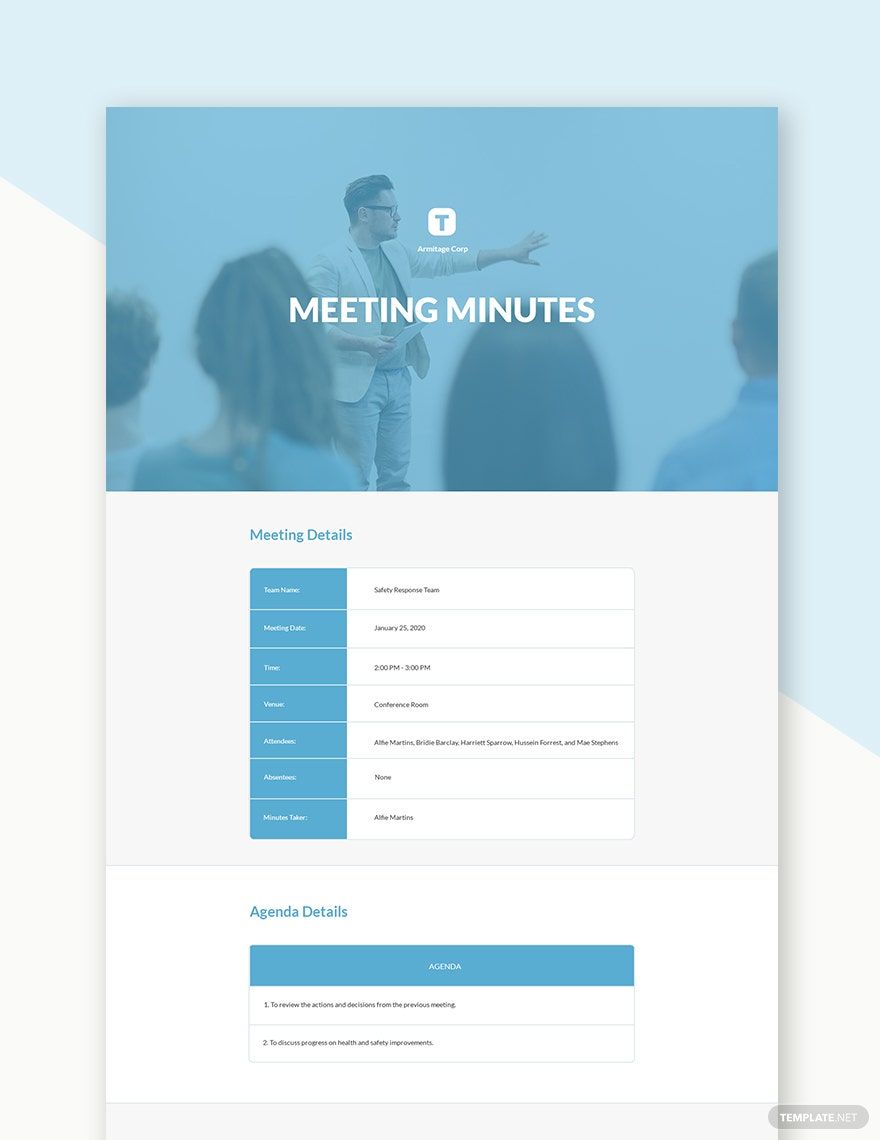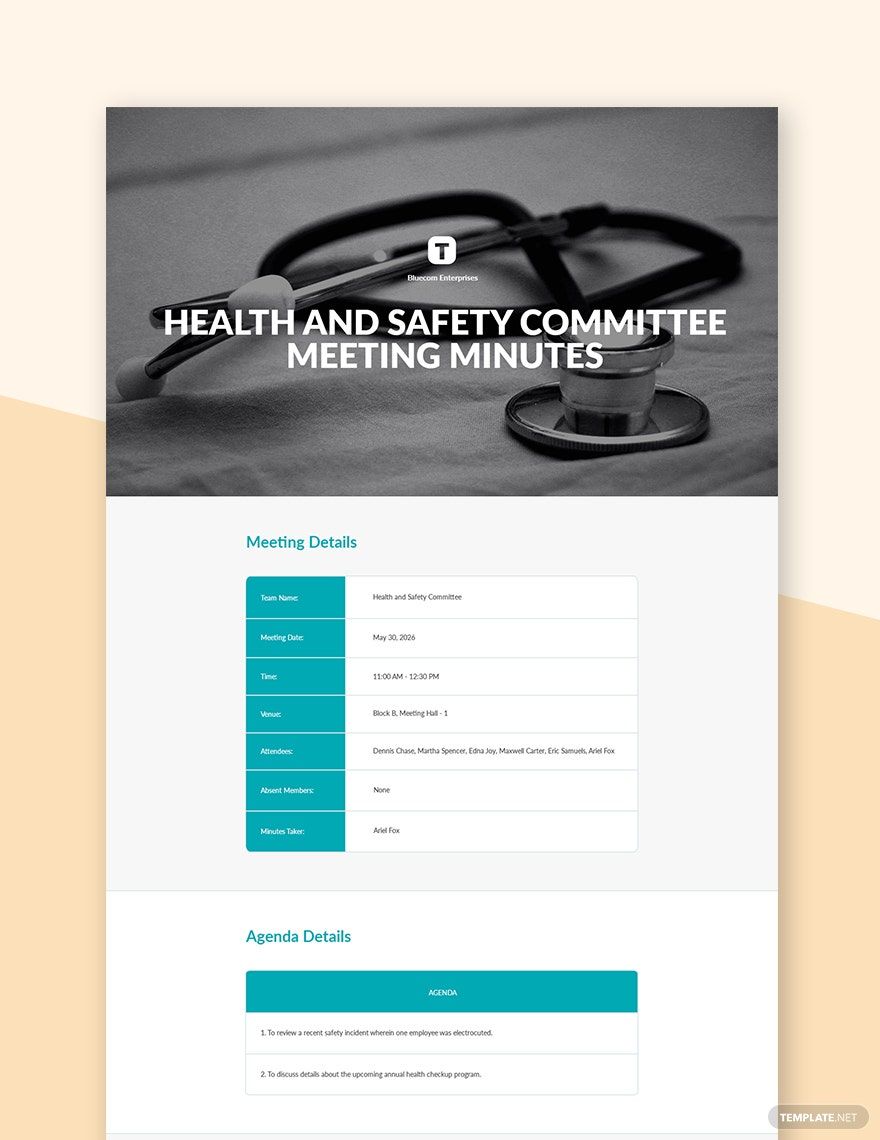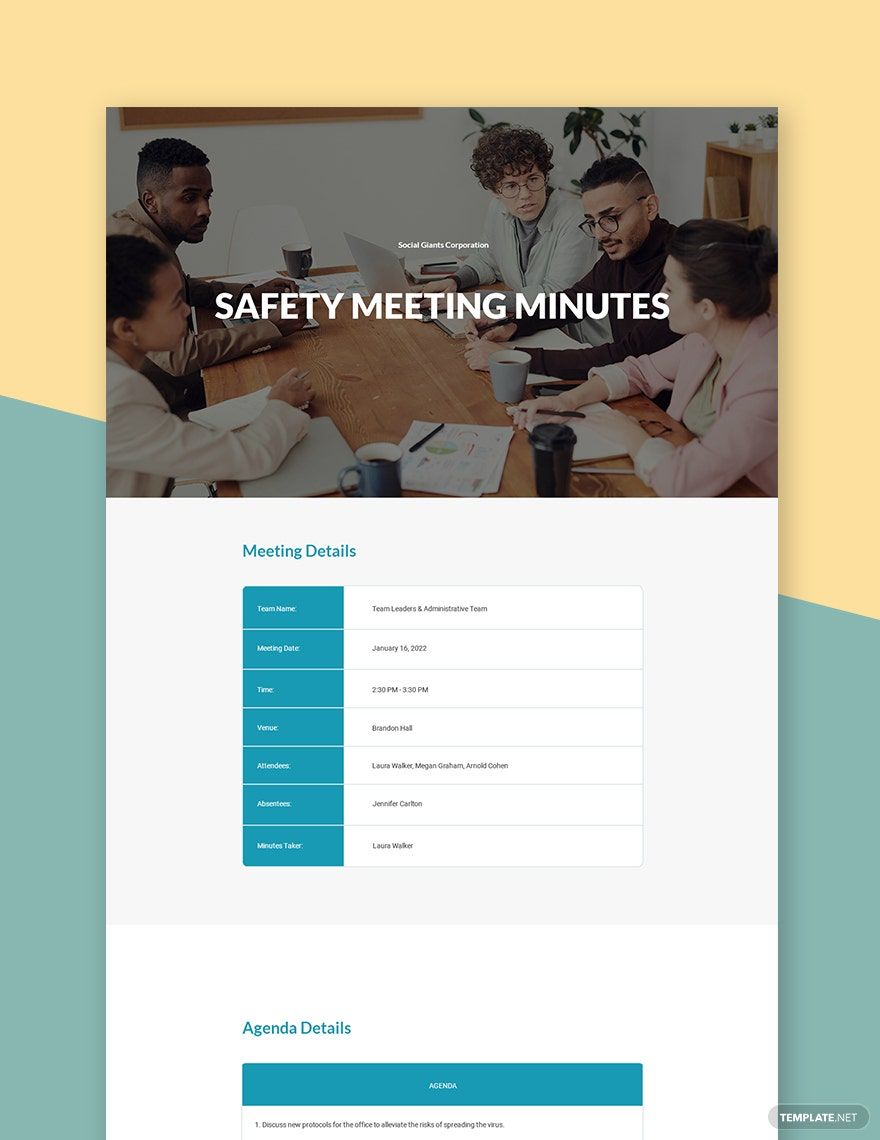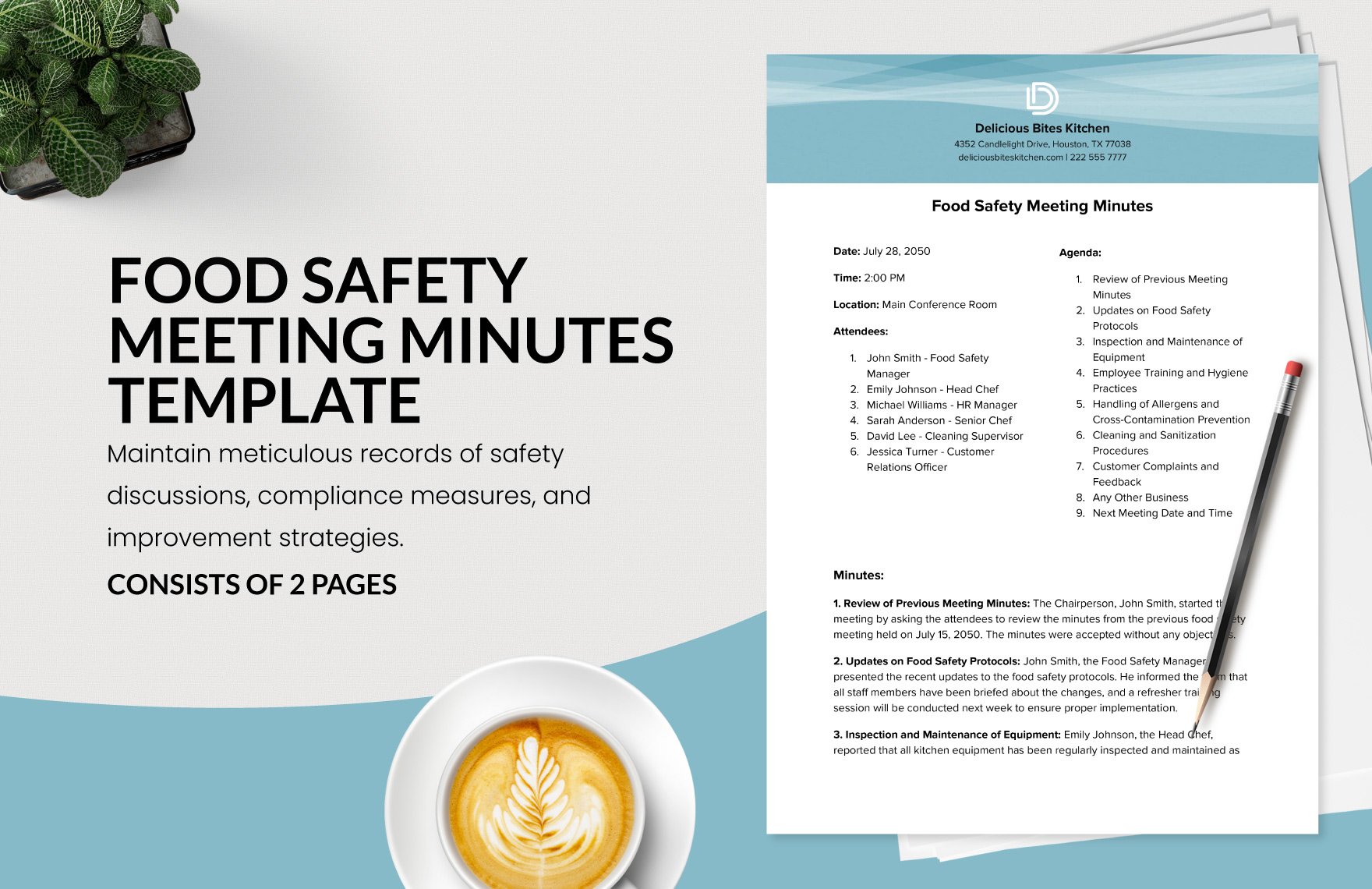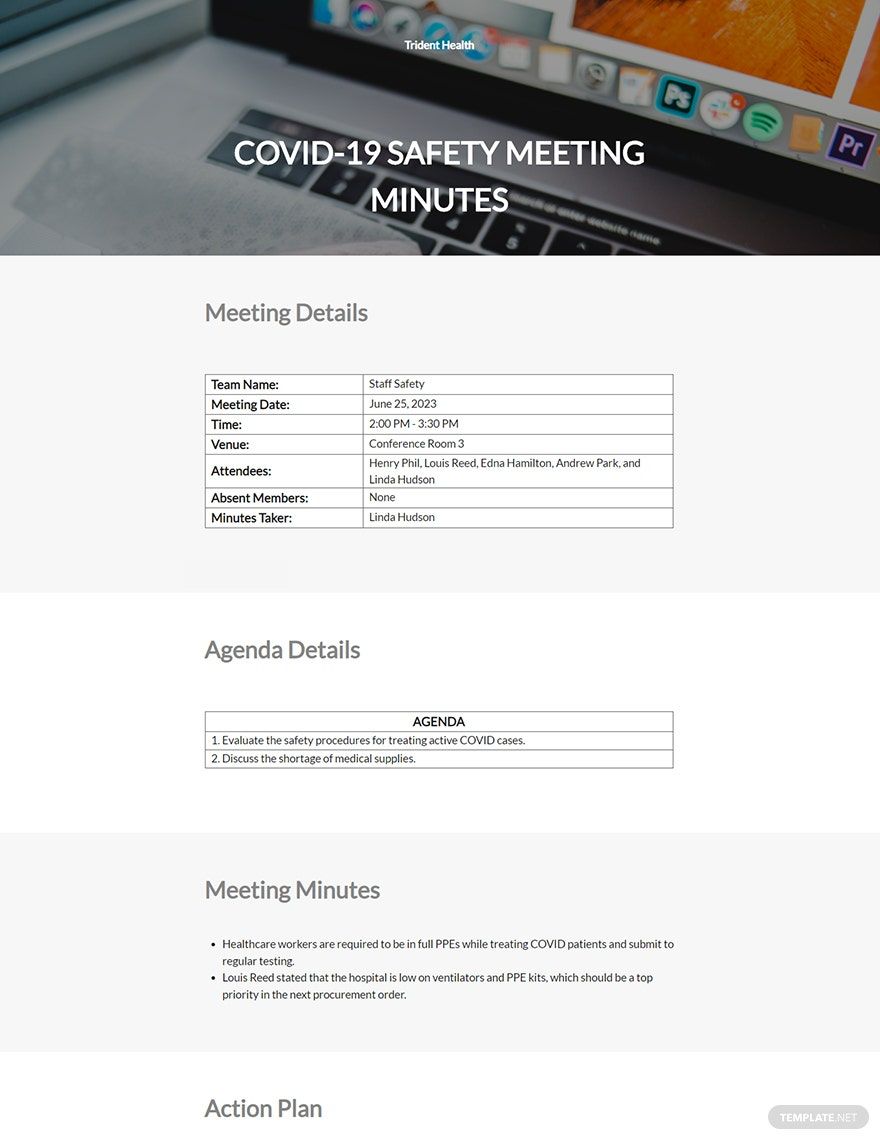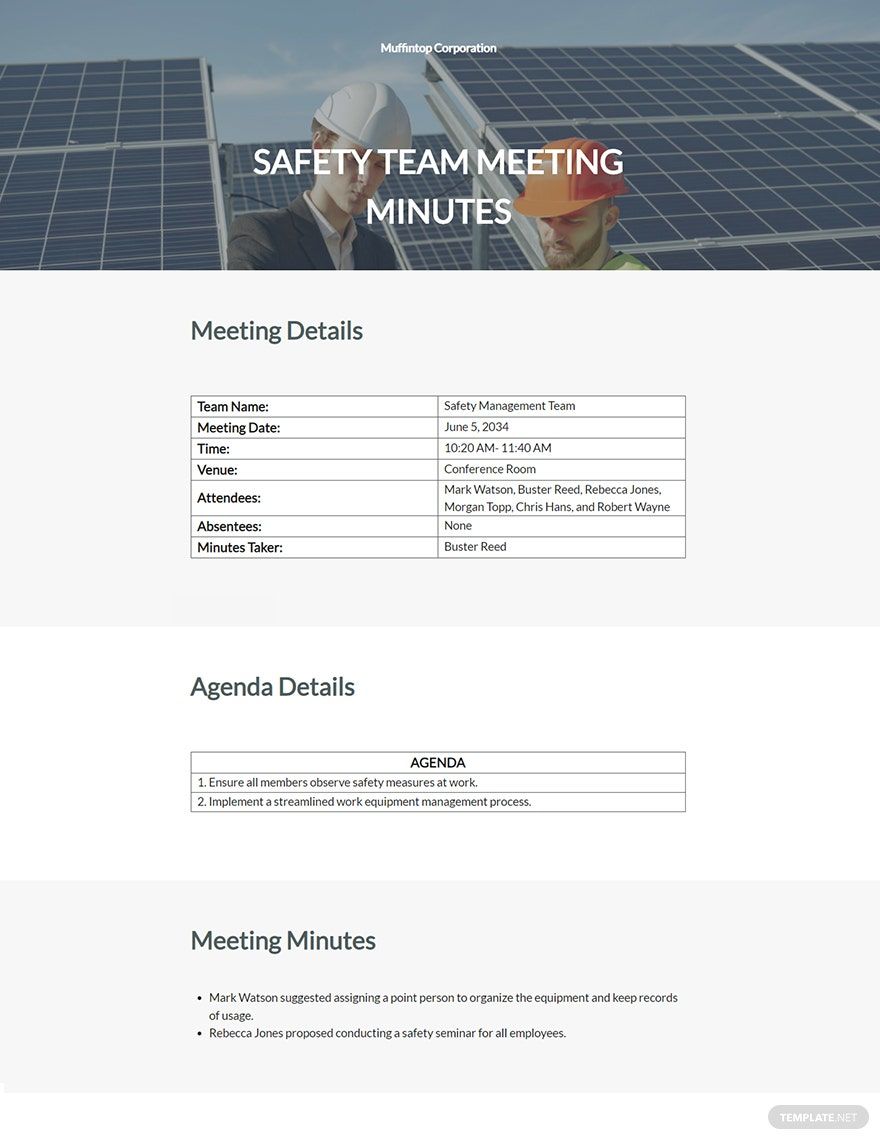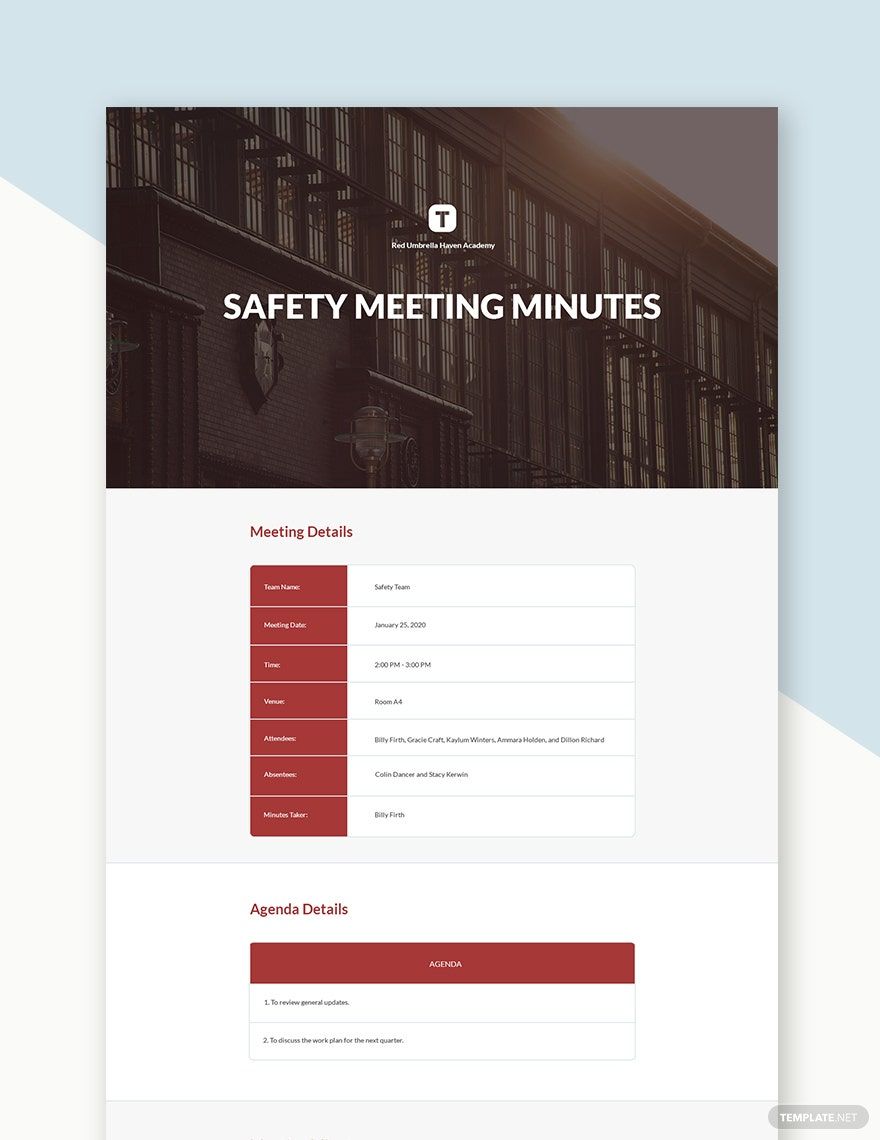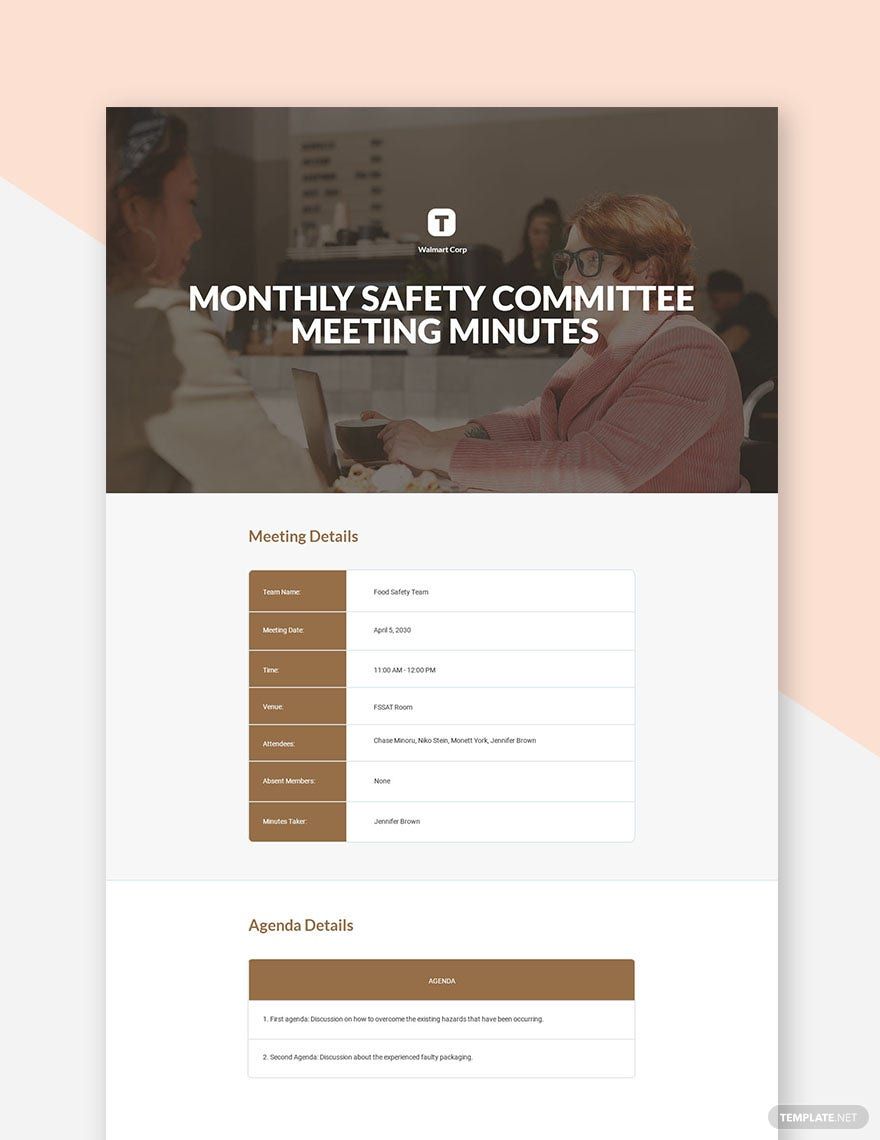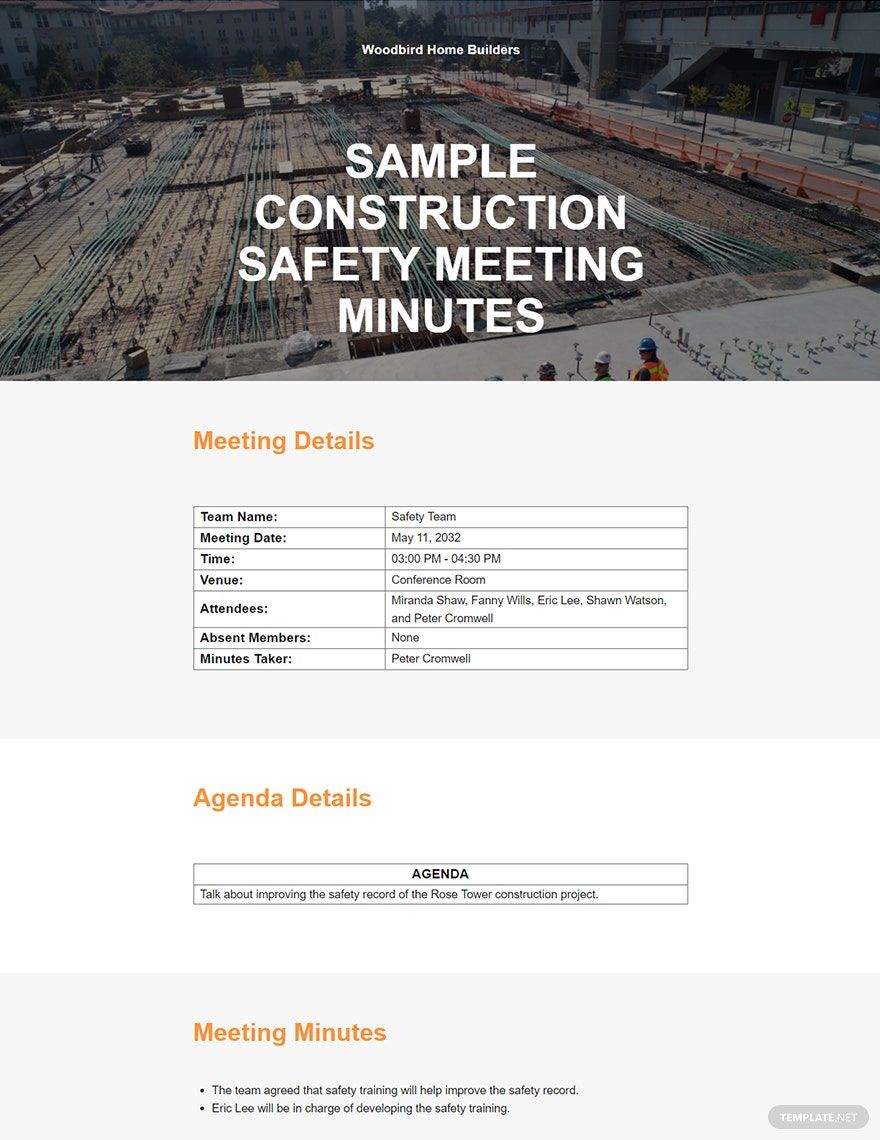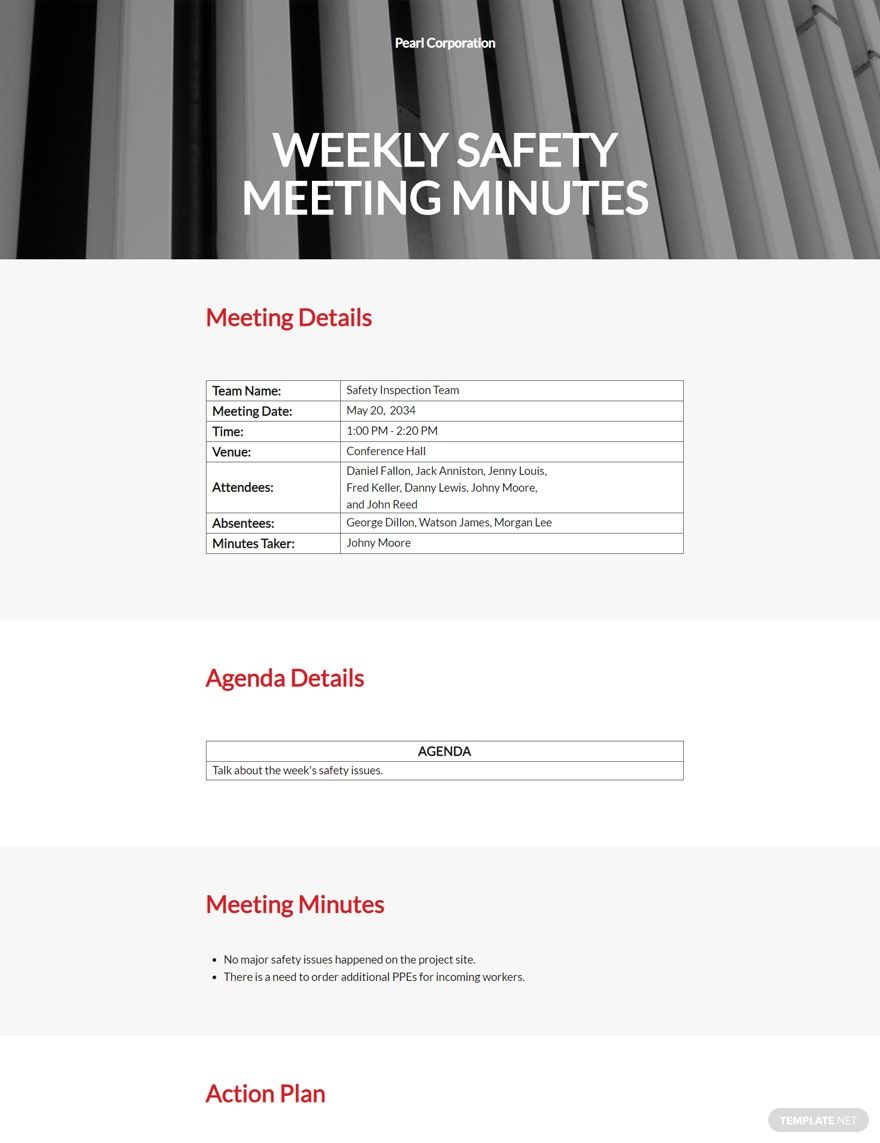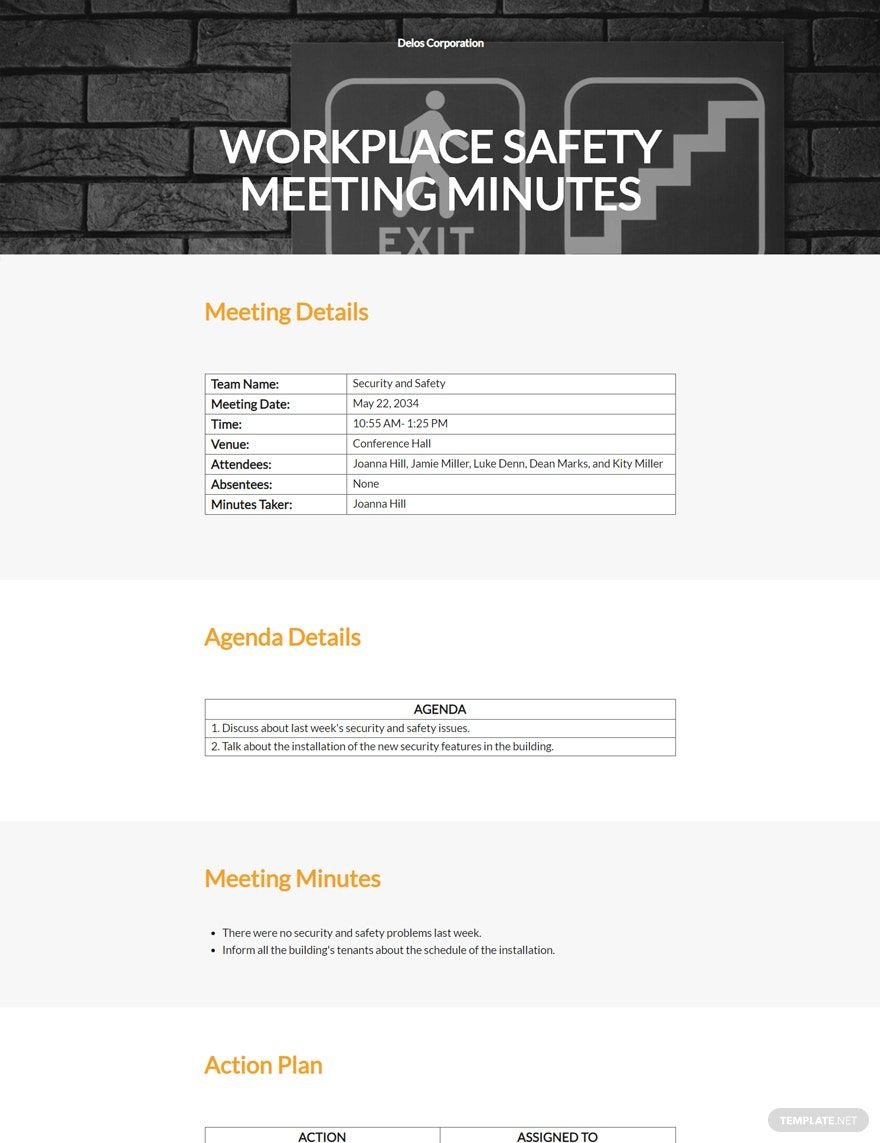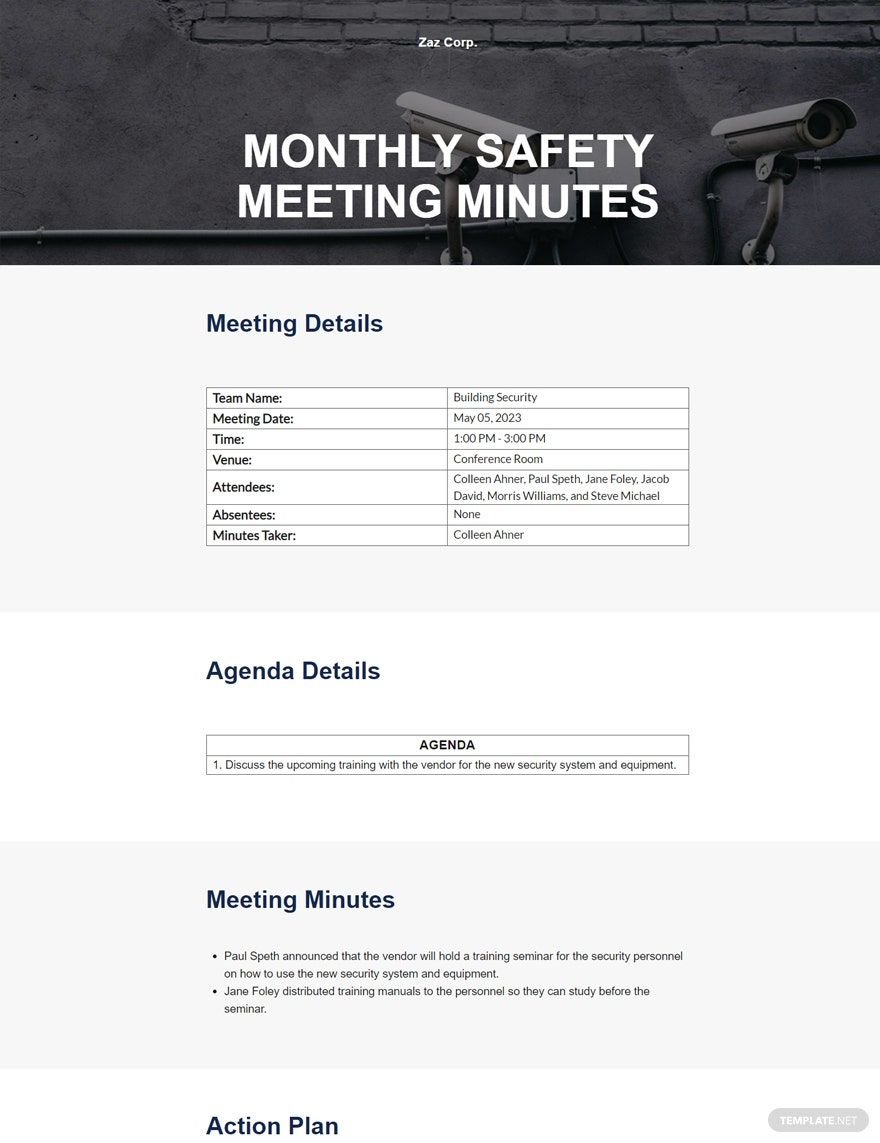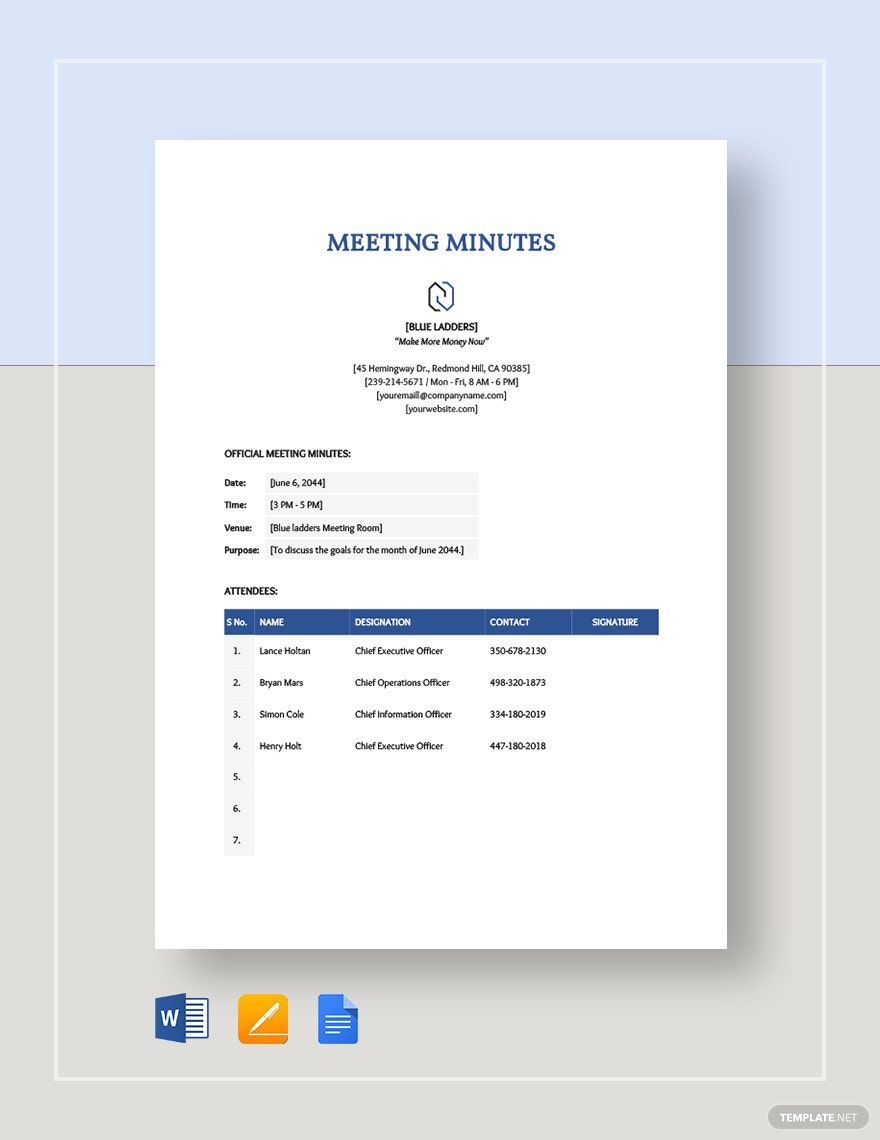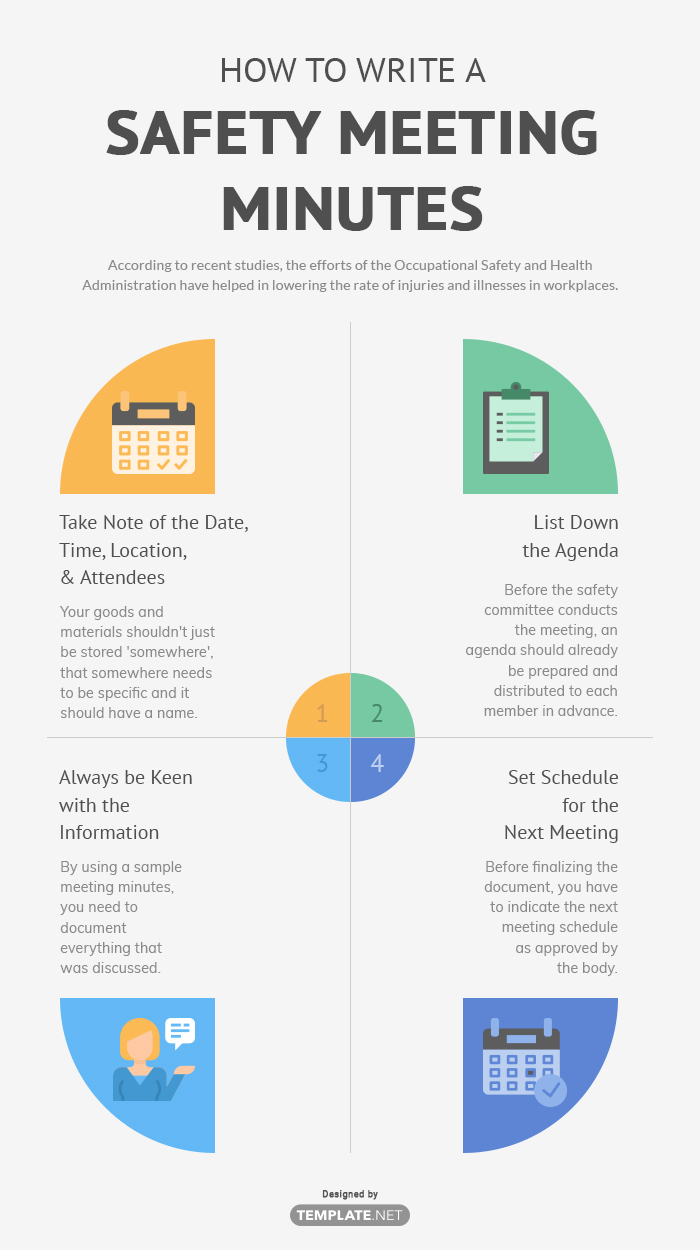According to recent studies, the efforts of the Occupational Safety and Health Administration have helped in lowering the rate of injuries and illnesses in workplaces. Your responsibility, as the employer, is to cooperate with the standards implemented by the safety professionals to maintain a healthy work environment for your people. Should you need to discuss these concerns with your workers, make sure to have it documented by assigning someone to write a meeting minutes. Here are some guidelines that you can use to make your safety meeting minutes effective.
1. Take Note of the Date, Time, Location, and Attendees
Whether you are writing an engineering meeting minutes or a building construction meeting minutes, it is of high importance to write the basic details of the meeting. The top part of the document should indicate the date, time, and venue, and right beside it should be the header which includes the company's name, address, and contact details. And since safety meetings are almost always mandatory, the names of the attendees must be listed down along with their designations.
2. List Down the Agenda
Before the safety committee conducts the meeting, an agenda should already be prepared and distributed to each member in advance. Doing this will make everyone aware of the topics to be discussed and issues to be dealt with. Having an agenda will organize the entire meeting, and it allows all important matters to be dealt with accordingly. During the meeting, you might discuss accountability, courtesy, respect, teamwork, as well as safety protocols, food safety, or any safety requirements developed to assess the risks of the workplace. Also, you might want to make a meeting checklist based on the agenda to help the meeting presiders keep track of what's been discussed already and what still needs to be taken up.
3. Always be Keen with the Information
By using a sample meeting minutes, you need to document everything that was discussed. Also, you should be keen on all the points and issues related to safety to prevent missing important details. Moreover, you also need to take note of the action plans, solutions, agreements, and compromises that were reached during the meeting. If there were people who weren't able to attend the meeting, the aforementioned details should be enough for them to understand what was being taken up.
4. Set Schedule for the Next Meeting
Before finalizing the document, you have to indicate the next meeting schedule as approved by the body. Write the date, time, and the personnel who approved of the schedule. Determining a schedule ahead of time allows everyone to adjust to the changes as well as make the necessary preparations for the next meeting.
